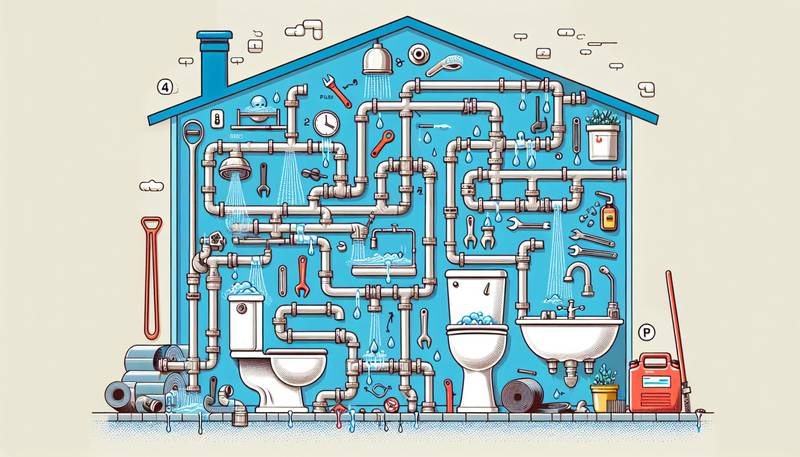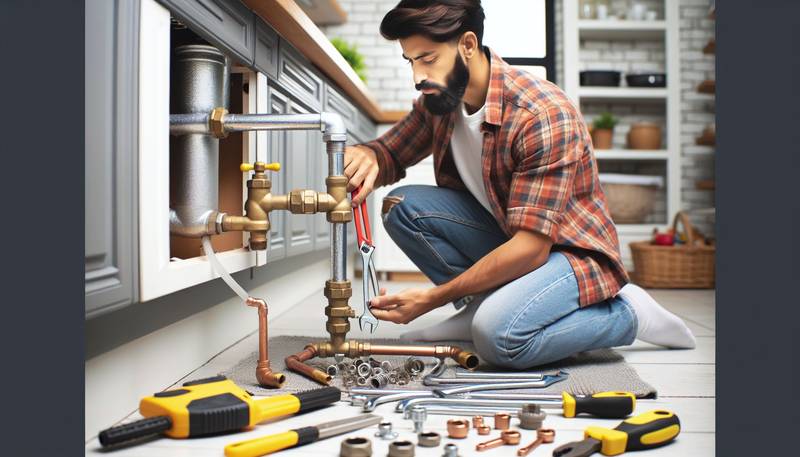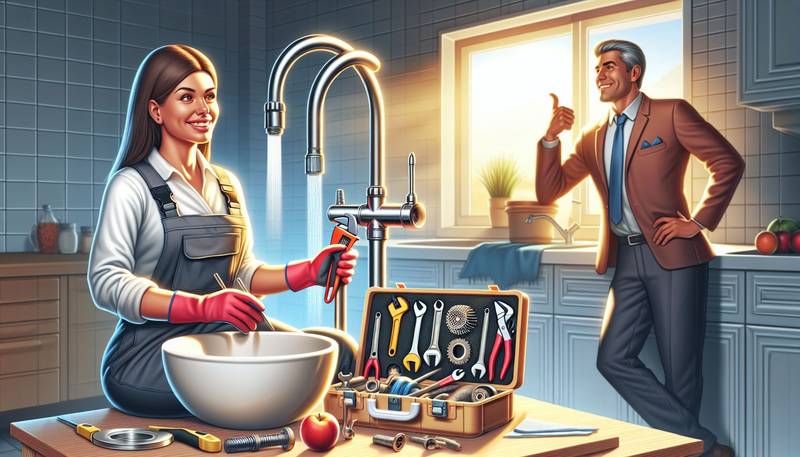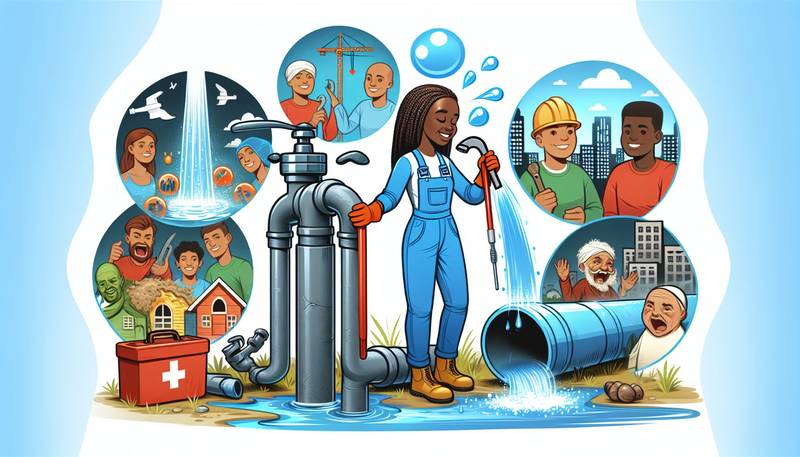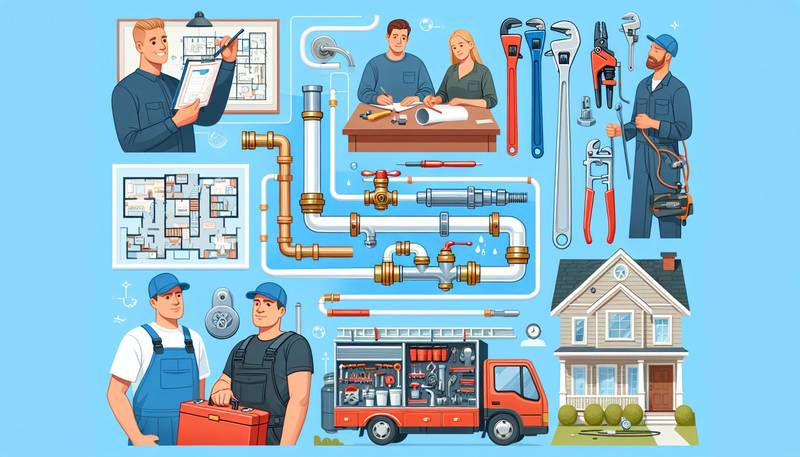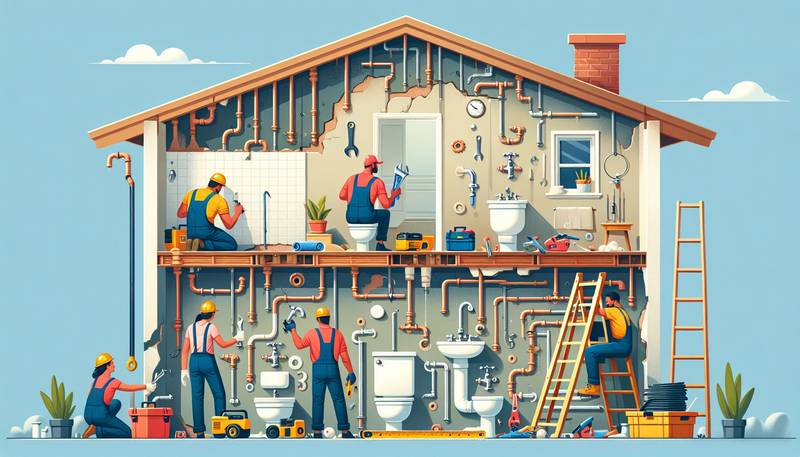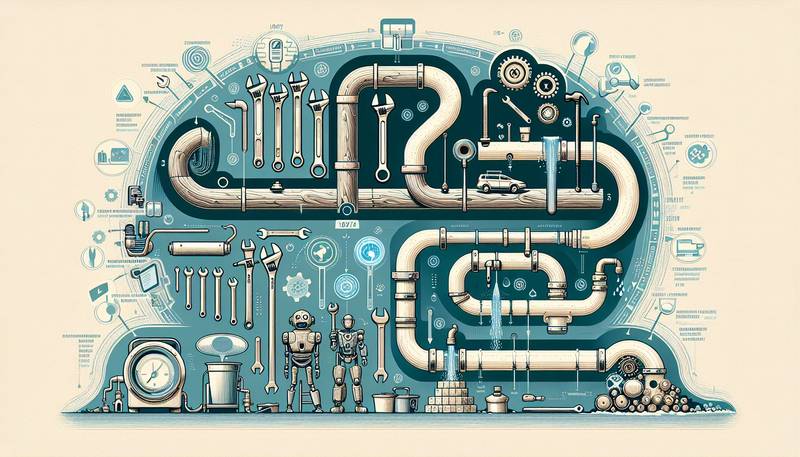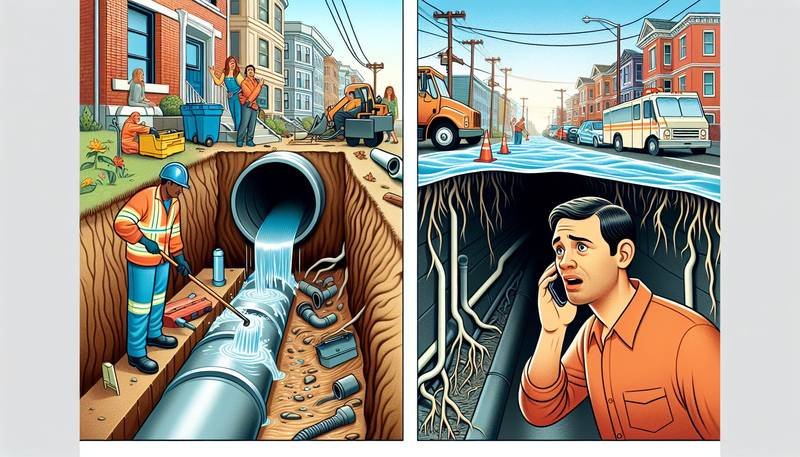From Leaks to Clogs: A Comprehensive Guide to Residential Plumbing Repair
Neglecting plumbing issues can not only lead to inconvenience but also cause significant damage if left unattended. Therefore, being proactive and knowledgeable about potential plumbing problems is key to ensuring your home runs smoothly.
Understanding Common Plumbing Problems
Before diving into plumbing repair, it's crucial to be able to identify common issues that can arise in residential plumbing systems. Some of the most prevalent problems include leaky pipes, running toilets, clogged drains, and low water pressure. Recognizing the signs of these issues, such as water stains, continuous toilet running, slow drainage, and weak water flow, can help you address them promptly and prevent further damage.
Fixing Leaky Pipes
Leaky pipes are a prevalent plumbing issue that, if left untreated, can result in water damage and mold growth. To tackle a leaky pipe, start by shutting off the water supply to the affected area. Using a pipe wrench, tighten any loose fittings or replace damaged pipe sections. Once the repairs are made, check for leaks to confirm that the issue has been resolved effectively.
Addressing Clogged Drains
Dealing with clogged drains is another common headache for homeowners. When faced with a clogged drain, the first step is to try using a plunger to dislodge any obstructions. If that method proves ineffective, a drain snake can be used to physically remove the blockage. It's advisable to steer clear of chemical drain cleaners as they may be harsh on pipes and harmful to the environment.
Resolving Running Toilets
A running toilet not only disrupts your peace but also wastes a substantial amount of water over time. To fix a running toilet, start by checking the flapper valve and adjusting the tank water level if needed. If these adjustments don't resolve the issue, consider replacing the flapper or other components within the toilet tank to halt the continuous running.
Improving Low Water Pressure
Low water pressure can be frustrating when performing everyday tasks like dishwashing or showering. To enhance water pressure, begin by examining the aerators on your faucets and clean or replace them if they're clogged. Additionally, inspect for leaks in pipes or fixtures that may be hindering water flow, leading to low water pressure throughout your home.
In Conclusion
Safeguarding a well-functioning plumbing system is vital for the comfort and safety of your household. By proactively addressing common plumbing issues such as leaky pipes, clogged drains, running toilets, and low water pressure, you can prevent more severe problems from arising in the future. In instances where you're uncertain about handling a plumbing problem, don't hesitate to seek assistance from a professional plumber. With the right knowledge and tools, you can maintain your plumbing system efficiently, ensuring a well-maintained home for years to come.
